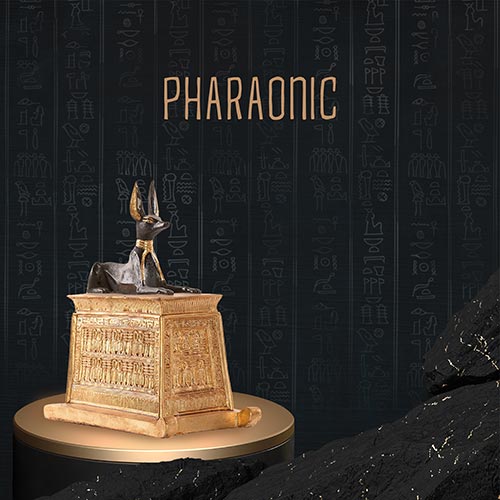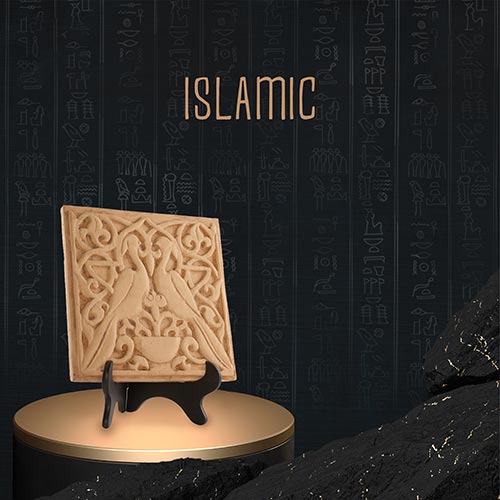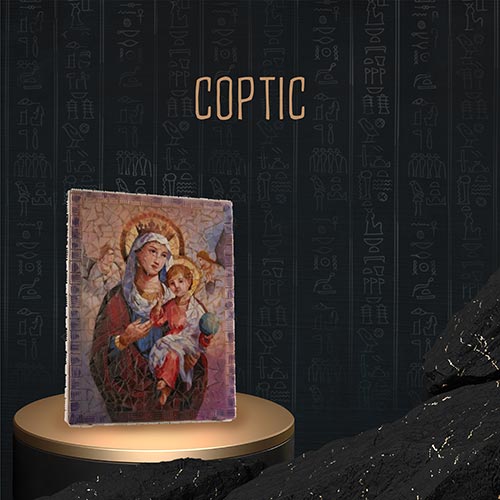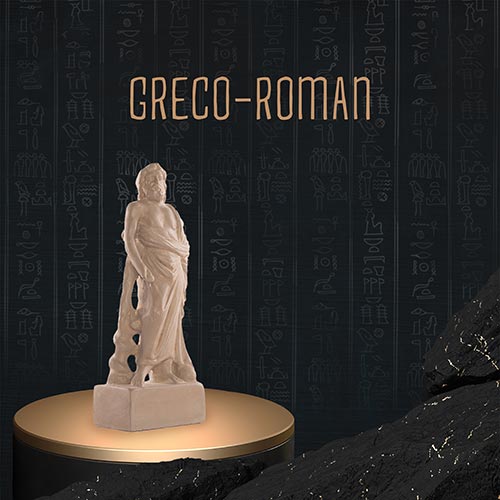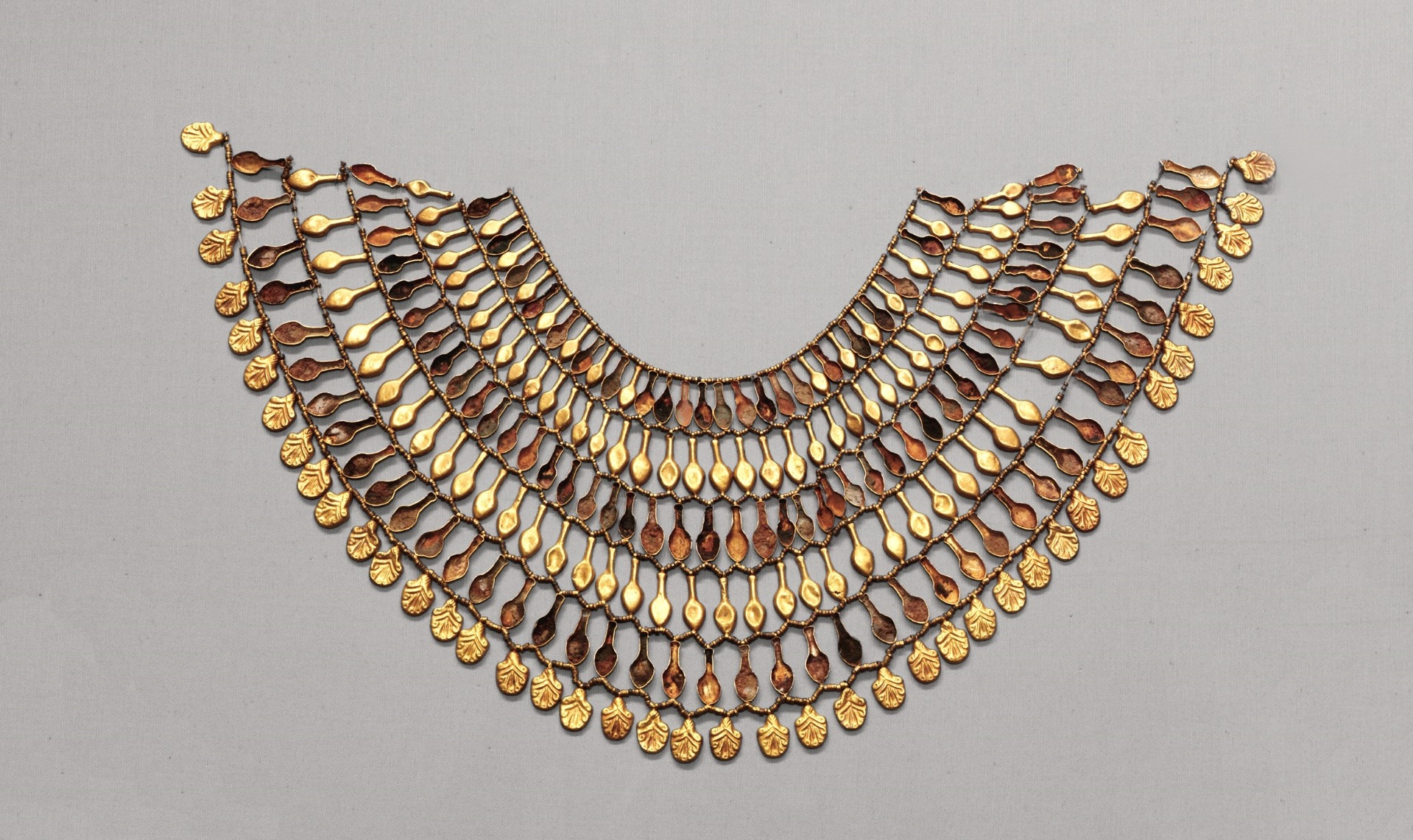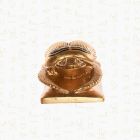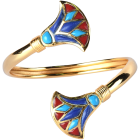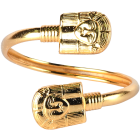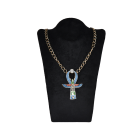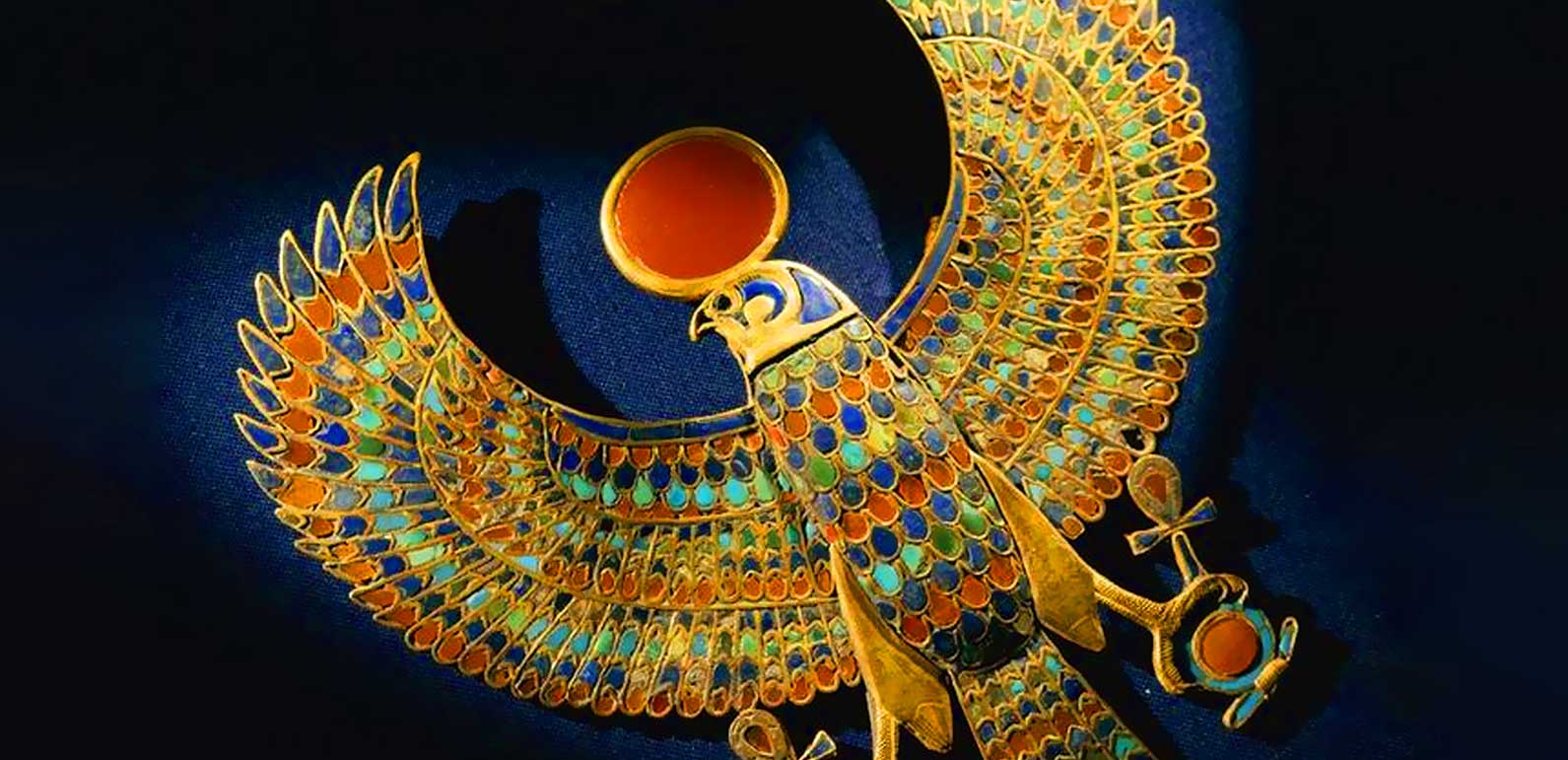
Imagine possessing a piece of jewelry crafted by the hands of ancient Egyptians, imbued with their mystique and power. For the ancient Egyptians, jewelry was not merely an accessory but a symbol of status, protection, and religious significance.
Delving into the intricate techniques and artistry of ancient Egyptian jewelers.
From the poorest farmer to the pharaoh, jewelry wasn't just a decorative accessory, it adorned people of all ages and social classes, reflecting not only their personal taste but also their social standing, cultural and spiritual beliefs. Whether it was a simple ring or an elaborate crown, jewelry was an integral part of everyday existence in ancient Egypt.
Due to the hot weather, clothing was often light and simple, making jewelry the prime avenue for displaying wealth and status. While the elite sported lavish pieces crafted from precious metals like gold, even commoners adorned themselves with the best they could afford, seeking beauty and meaning within their means.
Exploring the diverse forms and functions of ancient Egyptian jewelry.
Ancient Egyptians ornamented themselves in a various of styles, including rings, earrings, bracelets, pectorals, necklaces, crowns, girdles, and amulets. Each piece was meticulously crafted, often featuring intricate designs and symbolic motifs inspired by the natural world, deities, and sacred symbols.
Why was ancient Egyptian jewelry important?
Ancient Egyptians believed that wearing certain amulets or gemstones could stand as a protector from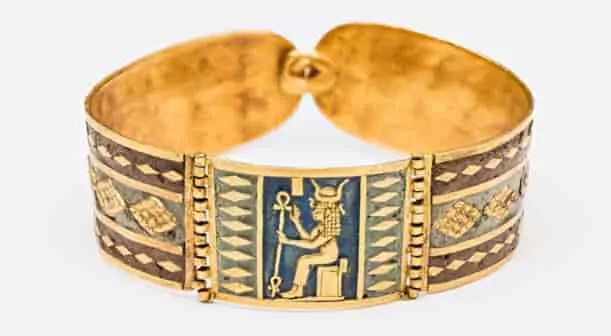 evil spirits and heralds for good fortune. This profound belief imbued Ancient Egyptian jewelry with deep religious and magical significance.
evil spirits and heralds for good fortune. This profound belief imbued Ancient Egyptian jewelry with deep religious and magical significance.
The color and material of the jewelry were carefully chosen, with certain hues believed to offer protection against disease and danger.
Beyond Gemstones, the Power of Glass and Dyes
Across numerous ancient cultures, blue gleamed with the luster of royalty. For the Egyptians, this association imbued lapis lazuli, a stone the color of twilight skies, with immense value. But this treasure shared the spotlight with other captivating gems, each whispering tales of power and allure.
Turquoise, with its captivating hues echoing the tropical seas, represented joy, purity, and pleasure. In fact, the iconic golden burial mask of King Tutankhamun gleamed with intricate inlays of both turquoise and lapis lazuli, alongside carnelian, showcasing their significance.
Interestingly, despite this reverence for gemstones, Pharaohs often opted for glass and dyed materials. The difficulty of cutting certain stones, coupled with the ability to achieve similar visual impact through alternative means, likely influenced this choice.
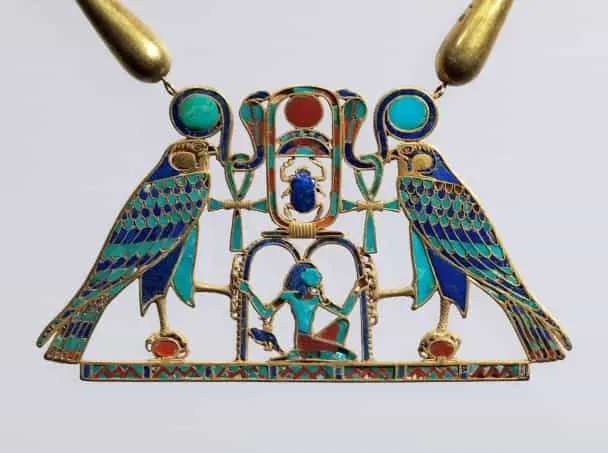
The Alluring Language of Gemstones in Ancient Egypt
Jewelry for the ancient Egyptians was a tangible display of wealth, status, and spiritual devotion. As each piece used in ancient Egyptian jewelry, meticulously crafted, and imbued with symbolism, offers a glimpse into the hopes, fears, and aspirations of an extraordinary civilization, such as:
Lapis Lazuli: was used in beads, inlay, amulets, cylinder seals, small vessels, scarabs, small figures, and collars. to improve the sight, one of the remedies in the Ebers Papyrus, was related to Ra, Happi, Amun and Horus gods and symbolizing inundation and supernaturalism and night sky.
Turquoise: Used only in jewelry, was related to Hathor, Osiris, Anubis, and Ra gods, and symbolized the color of new, vegetation, fertility, and resurrection, thus the color
Carnelian: was used in beads, collars, rings, amulets, inlays, was related to Isis, Hathor, Ra, Sekhmet, Seth and Sobek gods and symbolized destructive and violence, often associated with fire. Resembled the red of blood implying life, strength, and vigor.
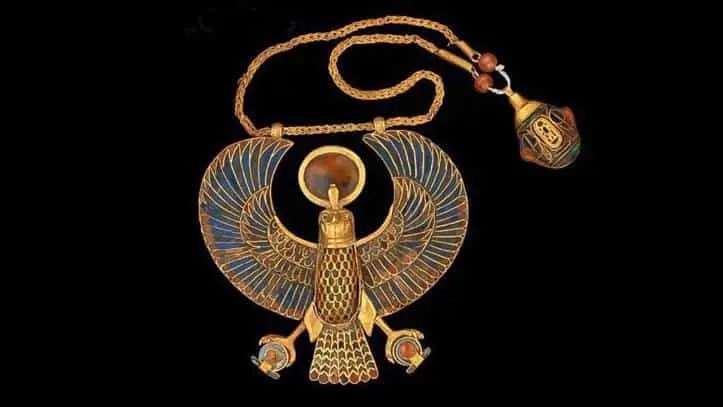
How ancient Egyptian jewelry continues to inspire and captivate audiences today.
The enduring allure of ancient Egyptian jewelry transcends mere adornment. Its timeless beauty and profound symbolism captivate us even today, inspiring artists, fashion designers, and anyone who wants a glimpse into a world where beauty, spirituality, and magic intertwined.
From museum collections to modern interpretations, the legacy of Egyptian jewelry lives on. Each intricate design and symbol whispers tales of the beliefs, values, and aspirations of one of history's most fascinating civilizations.
The jewelry made by the Pharaohs stand as tangible reminders of a culture rich in artistry and spiritual depth, and it’s still existing in museums in Egypt and the world. And you can explore more about replicas of ancient Egyptian jewelry certified by Egyptian Ministry of Tourism and Antiquities.
